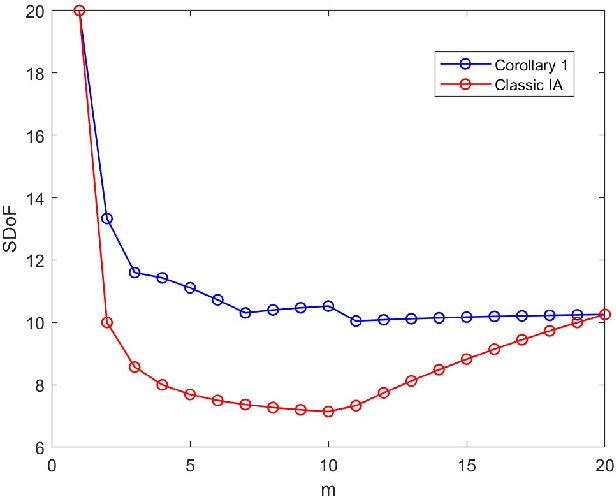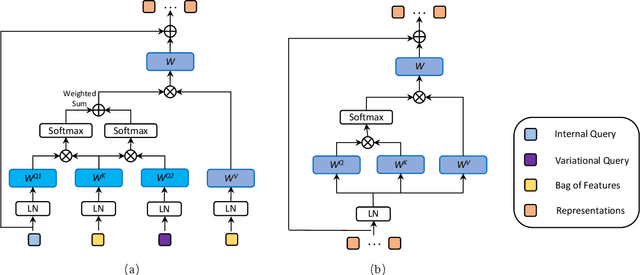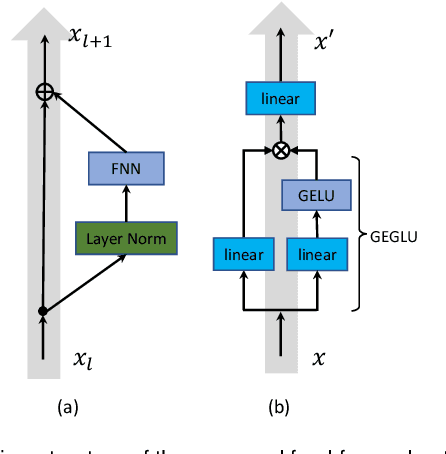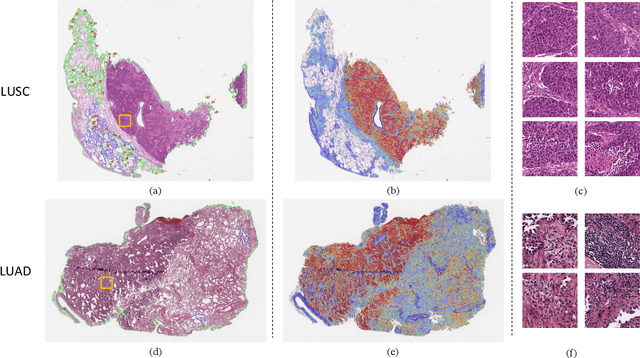Yue Bi
DoF Analysis for -Channels through a Number-Filling Puzzle
Feb 03, 2024
Abstract:We consider a $\sf K$ user interference network with general connectivity, described by a matrix $\mat{N}$, and general message flows, described by a matrix $\mat{M}$. Previous studies have demonstrated that the standard interference scheme (IA) might not be optimal for networks with sparse connectivity. In this paper, we formalize a general IA coding scheme and an intuitive number-filling puzzle for given $\mat{M}$ and $\mat{N}$ in a way that the score of the solution to the puzzle determines the optimum sum degrees that can be achieved by the IA scheme. A solution to the puzzle is proposed for a general class of symmetric channels, and it is shown that this solution leads to significantly higher $\SDoF$ than the standard IA scheme.
Multiplex-detection Based Multiple Instance Learning Network for Whole Slide Image Classification
Aug 06, 2022



Abstract:Multiple instance learning (MIL) is a powerful approach to classify whole slide images (WSIs) for diagnostic pathology. A fundamental challenge of MIL on WSI classification is to discover the \textit{critical instances} that trigger the bag label. However, previous methods are primarily designed under the independent and identical distribution hypothesis (\textit{i.i.d}), ignoring either the correlations between instances or heterogeneity of tumours. In this paper, we propose a novel multiplex-detection-based multiple instance learning (MDMIL) to tackle the issues above. Specifically, MDMIL is constructed by the internal query generation module (IQGM) and the multiplex detection module (MDM) and assisted by the memory-based contrastive loss during training. Firstly, IQGM gives the probability of instances and generates the internal query (IQ) for the subsequent MDM by aggregating highly reliable features after the distribution analysis. Secondly, the multiplex-detection cross-attention (MDCA) and multi-head self-attention (MHSA) in MDM cooperate to generate the final representations for the WSI. In this process, the IQ and trainable variational query (VQ) successfully build up the connections between instances and significantly improve the model's robustness toward heterogeneous tumours. At last, to further enforce constraints in the feature space and stabilize the training process, we adopt a memory-based contrastive loss, which is practicable for WSI classification even with a single sample as input in each iteration. We conduct experiments on three computational pathology datasets, e.g., CAMELYON16, TCGA-NSCLC, and TCGA-RCC datasets. The superior accuracy and AUC demonstrate the superiority of our proposed MDMIL over other state-of-the-art methods.
 Add to Chrome
Add to Chrome Add to Firefox
Add to Firefox Add to Edge
Add to Edge